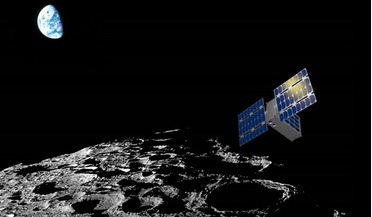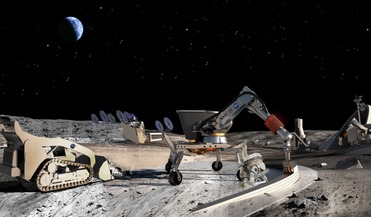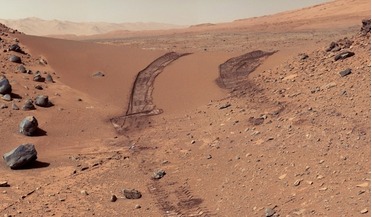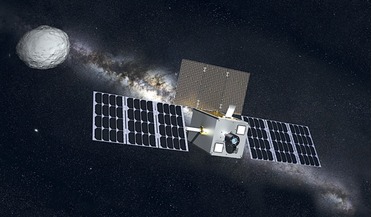 October 2018
Mining the Moon for fun and profit
October 2018
Mining the Moon for fun and profit
...in space resources are being established in the US and Luxembourg, and rapid progress is being made. In conclusion, mining lunar ice for propellant is technically feasible, can lead to favourable business returns and is legal for companies within the...
 10 November 2017
CubeSat mission to measure water on the Moon
10 November 2017
CubeSat mission to measure water on the Moon
... came in 1994 with the Clementine mission. Now, NASA are hoping to shrink a laser spectrometer, known as the Lunar Ice Lidar Spectrometer, or LILIS which has already been successfully used in other planetary missions to fit inside a six...
 10 June 2020
New map boosts chances of finding water on the Moon
10 June 2020
New map boosts chances of finding water on the Moon
...over time, asteroid impacts had a sizeable affect on the lunar ice as it lead to the burial and formation of deeper ice deposits. “The simulation results showed ice concentrations should eventually become fairly homogeneous at meter to hectare scales...
 February 2019
Simulating lunar and martian regolith in the laboratory
February 2019
Simulating lunar and martian regolith in the laboratory
... analogues, and analyses are planned to investigate how these rocks are shocked by such impact events. Model of lunar ice drill. Up close to Apollo Moon rocks The main drawback to all regolith simulants is that ‘one size doesn...
 July 2018
The rise of interplanetary CubeSats
July 2018
The rise of interplanetary CubeSats
... attempt to enter an elliptical orbit around the Moon and finally reach an altitude of 10 km near the South Pole. Lunar Ice Cube, led by Moorehead State University, is a mission similar to LunaH-Map but will use an infrared spectrometer to look...
 September 2020
Commercial opportunities beyond Earth orbit
September 2020
Commercial opportunities beyond Earth orbit
... surface, seeking out the best locations to find lunar ice, and the best sites for lunar bases. As this process develops, there will be a need for a lunar orbiting data network, to enable lunar orbiting satellite internet services (similar to Earth...